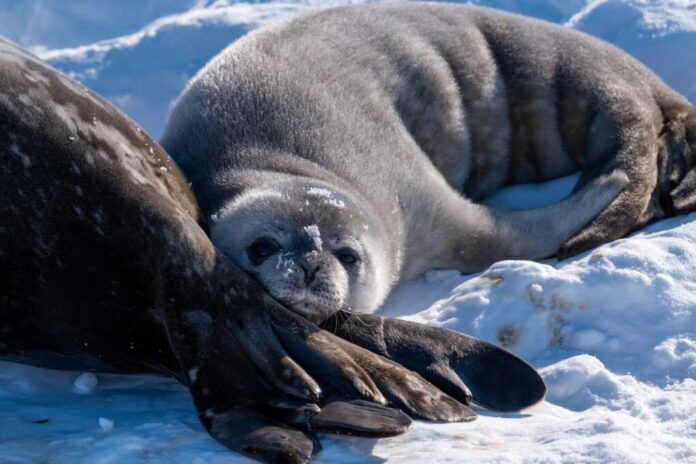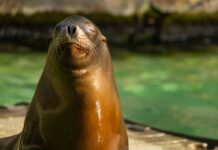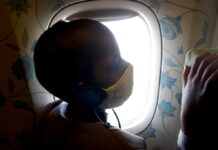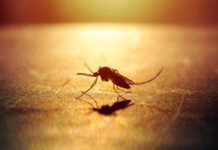
A deadly avian influenza virus has sparked fears of a new pandemic after causing a devastating die-off of seal pups in Argentina.
Story Overview
- H5N1 avian influenza linked to mass deaths of seal pups in Argentina.
- Concerns about the virus’s adaptation to marine mammals and potential human impact.
- Virus’s spread underscores the need for vigilant surveillance and international cooperation.
- Potential long-term ecological and economic consequences loom large.
Unprecedented Virus Spread Among Marine Mammals
In late 2023, an alarming event unfolded along the shores of Península Valdés, Argentina, as hundreds of Southern elephant seal pups succumbed to a deadly virus. The culprit, identified as the highly pathogenic avian influenza virus H5N1, has raised significant concerns due to its ability to infect marine mammals. The scale of this mortality event, with approximately 70% of seal pups perishing, is unprecedented and signals a worrying new phase in the virus’s evolution.
Scientists and wildlife authorities are particularly alarmed by the virus’s efficient transmission among mammals, a trait that H5N1 has not displayed so prominently before. The possibility of mammal-to-mammal transmission raises the specter of a broader outbreak, potentially impacting other animal species and even humans. The situation demands urgent attention to understand the virus’s transmission dynamics and its ecological impacts.
Fears highly contagious virus spreading after hundreds of seal pups found dead https://t.co/21aF7ci3NH pic.twitter.com/8AramWK3oh
— The Independent (@Independent) October 24, 2025
Historical Context and Current Developments
H5N1 first emerged in 1996 in geese in China and has since caused sporadic outbreaks in birds and mammals globally. What sets the current situation apart is the virus’s adaptation to marine mammals, a development that underscores its evolutionary potential. The outbreak in Argentina is part of a troubling trend, with similar cases reported in sea lions in Peru and other wildlife across South America.
By early 2024, the virus had been detected in a variety of mammals, including cows and cats, across North America and Europe. This expansion into new hosts emphasizes the necessity for enhanced surveillance and biosecurity measures. The United States and other countries have responded by increasing funding for outbreak containment and research, signaling the gravity of the situation.
Potential Impacts and Future Risks
The immediate impact of this outbreak is the tragic loss of seal pups and the disruption of local ecosystems. These short-term effects could lead to longer-term consequences if the virus continues to adapt and spread. The potential for H5N1 to cause a pandemic among humans cannot be ignored, as the virus’s crossing of species barriers is a recognized precursor to such events.
Economically, affected regions may face significant losses, particularly in sectors like ecotourism and fisheries that rely on healthy marine ecosystems. Politically, there will be increased pressure on governments to enhance disease surveillance and response capabilities. The broader implications for biodiversity and ecosystem stability are profound, with potential cascading effects throughout the food chain.
Sources:
Wikipedia: 2020–2025 H5N1 outbreak


















